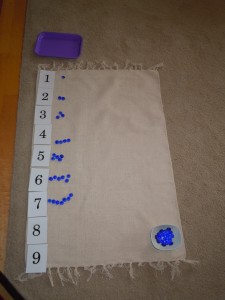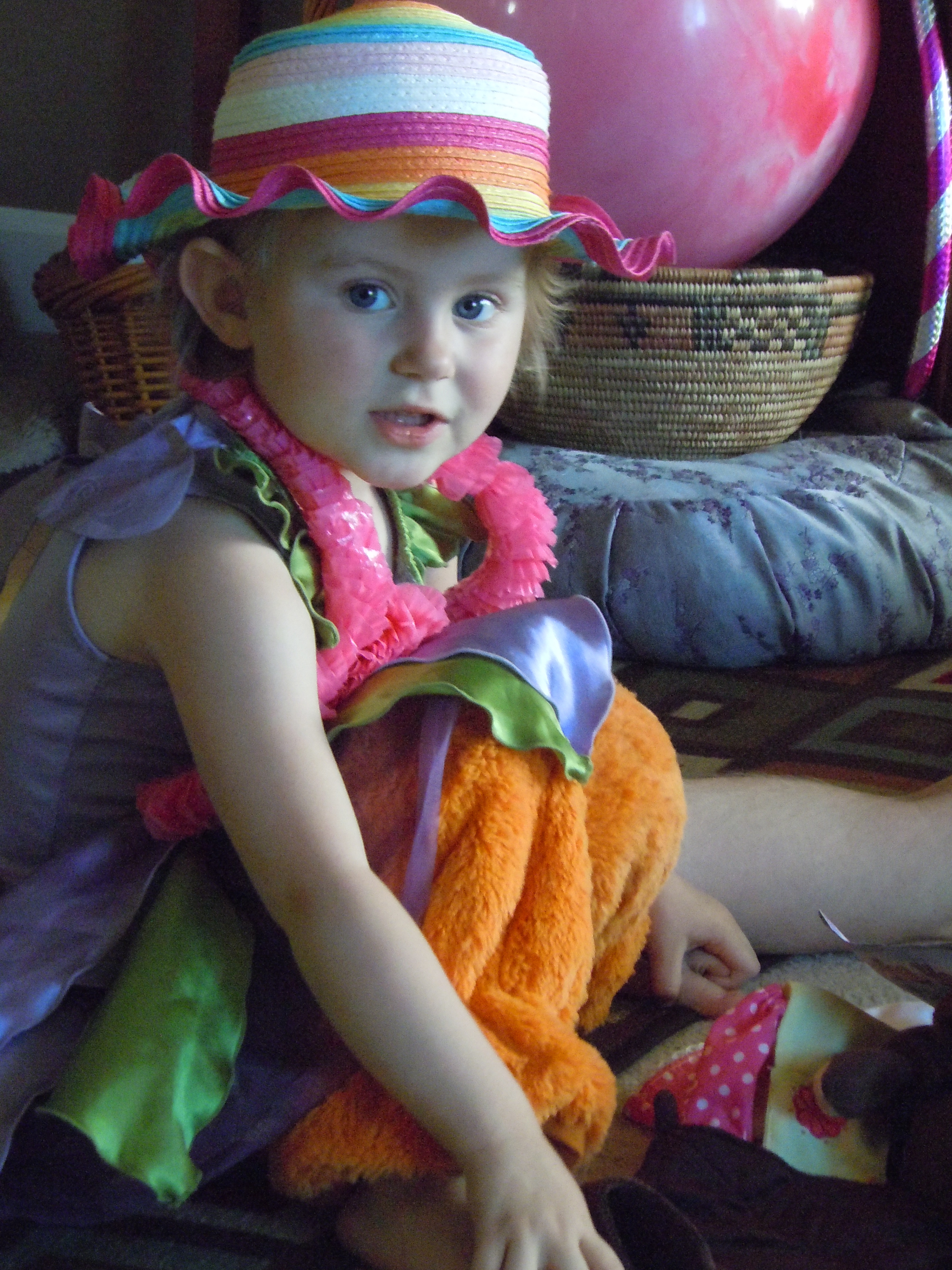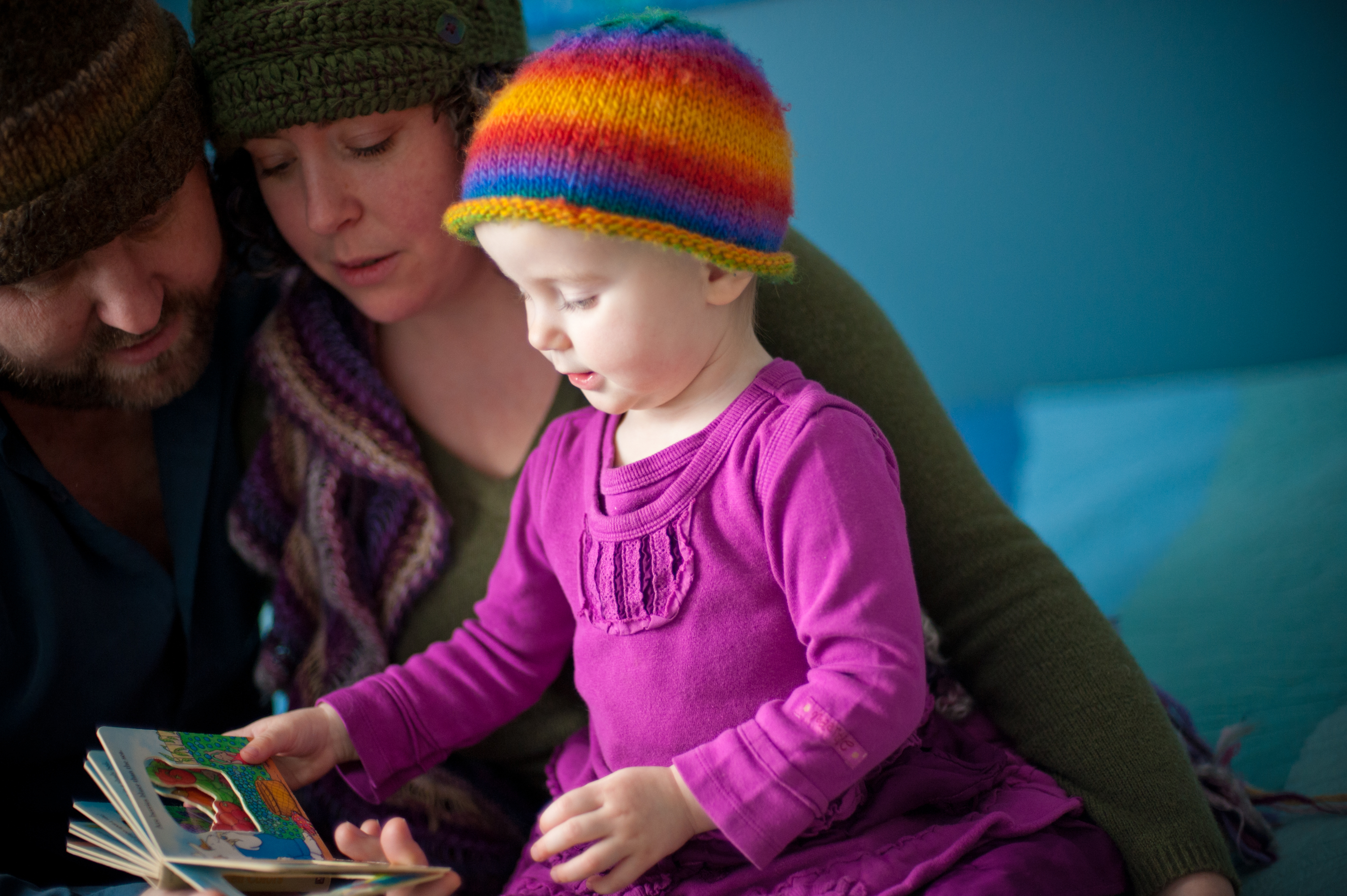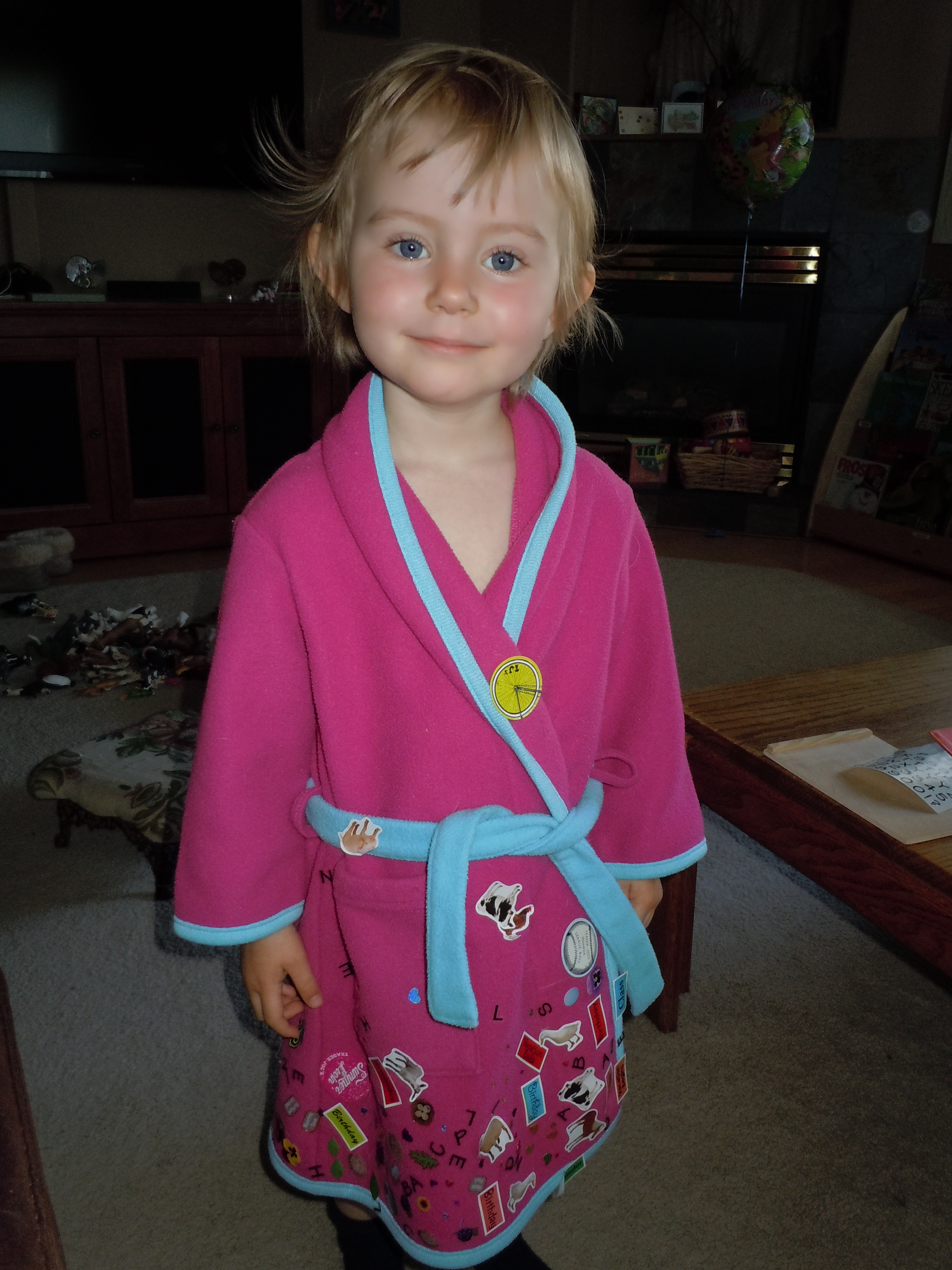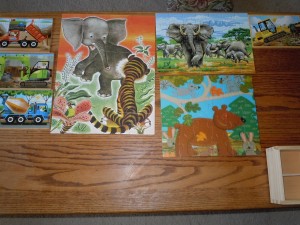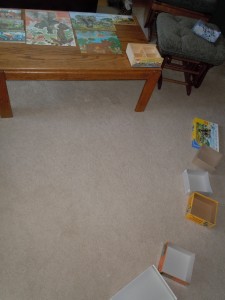Well, it happened. I was rocking Julia before bed a couple of weeks ago and out of the blue she asked, “Mommy? How did Daddy get the seed into your mouth to start a baby growing?” I was a bit surprised to say the least, she’s only three years old after all, but I calmly replied, “Well, he actually put the seed into my vagina, not into my mouth.” To which she replied, “Well what did he use to get it in there?” And I said, “He used his penis. You know, I have a wonderful book called, ‘Where Did I Come From’ that tells all about how a baby starts to grow. Would you like to read that tomorrow?” After an enthusiastic “YES!” I eventually got her to calm down and go to sleep.
The following evening we sat down and read the very same book that my mom read to me when I was a young girl. “Where Did I Come From” by Peter Mayle
The thing I love about this book is that while it’s lighthearted in spots, it also includes scientific details and it doesn’t leave anything out. After having this book read to me as a young girl, I knew exactly how babies are made. Having that information early also opened the door to future conversations about STDs, pregnancy prevention, and even drugs and alcohol.
I’ve always been super grateful that my mom was so forthright, honest, and willing to talk with me about sex. I believe that it’s lead to my healthy sex life and a clear understanding of the pitfalls and dangers of unprotected sex. I’ve known how pregnancy happens since I was very young, so when my peers said weird and untrue things like, “You can’t get pregnant the first time,” I knew the truth.
As we were reading, I noticed that during the description of sex, Julia tuned out and began to look around the room. Then, when the baby started growing inside the mother, she was very interested again. I think it’s because she’s not quite ready to process the details of what having sex is and she clearly has no interest in that part of the story. What she’s curious about is how babies are made and how they grow inside the mother.
Talking with kids about sex isn’t a one-time thing. There is no “the talk.” In reality, teaching children about sex is a series of lots of little conversations over time. By treating sex as just another normal topic of conversation, we can invite our children to come to us with their thoughts, ideas, and questions about this mysterious act.
And that really pays off big time when our sweet babies become teenagers and consider becoming sexually active themselves.
Because my mom and step-mom both talked to me frankly about my changing body when I went through puberty and about sex when I became interested, I knew that using multiple forms of birth control is the safest route if you don’t want to get pregnant. And I was aware that even though I was on the pill, it was still important to use condoms to protect myself from sexually transmitted diseases. I even learned about masturbation from a book that my step-mom recommended called, “Girls and Sex.”
I was also regularly encouraged in locating clinics nearby to get tested and to insist that my partners to get tested. I think it was much easier for me to have those conversations with potential new partners because I had grown up talking about sex. Again, it was just a normal topic of conversation for us.
The only thing I wish I’d known about as a younger woman is the wonderful information in “Taking Charge of Your Fertility” by Toni Weschler. I didn’t read it until I was trying to get pregnant the first time and I couldn’t believe how much information about my fertility and monthly cycle I’d been missing out on for all those years. If you don’t know about cervical fluid yet, you’re in for a whole new understanding of your monthly cycle! Seriously, I think this should be required reading for high school sex ed. OK, so back to talking with your kids about sex.
Here are my top six tips for talking with kids about sex:
1) Answer all questions honestly, but don’t elaborate too much.
Kids don’t need the details of your exploits, the scientific facts should suffice unless they specifically ask you about your personal experiences (but I don’t know any kid who would want to know those details about their parent).
2) Check in and start a conversation
if you notice a change in your child’s body or behavior or if your child seems afraid to bring up the topic.
3) Read a book together
or offer your reading child a book to read on his own and then ask him about it later. Also, ask your child what the kids at school say about sex and debunk any myths.
4) Notice how your child responds.
If she’s shutting down, stop and come back to the topic at another time. Remember, this doesn’t have to be a serious or heavy conversation. You can give accurate information in a fun and playful way too.
5) Make sure that even young children are aware of which parts of their bodies are just for them
and encourage them to assert their boundaries if anyone ever tries to touch them in a way that they don’t like. You may even model it for them, “Stop! I don’t like that! Don’t touch my body.”
6) Talk about sex often and without much fuss.
Treating sex conversations as somehow more significant than other conversations gives kids the message that this is a taboo topic. Instead, treat conversations about sex like any other mundane topic of life. After all, we don’t blush when we talk about food, poop, or sleep. Why should sex be any different?
I hope these tips are helpful for you and I would love to hear about your own experiences of growing up talking (or not) about sex and how you handle this topic with your kids. Please share your story below!
And have a wonderful week, Shelly
